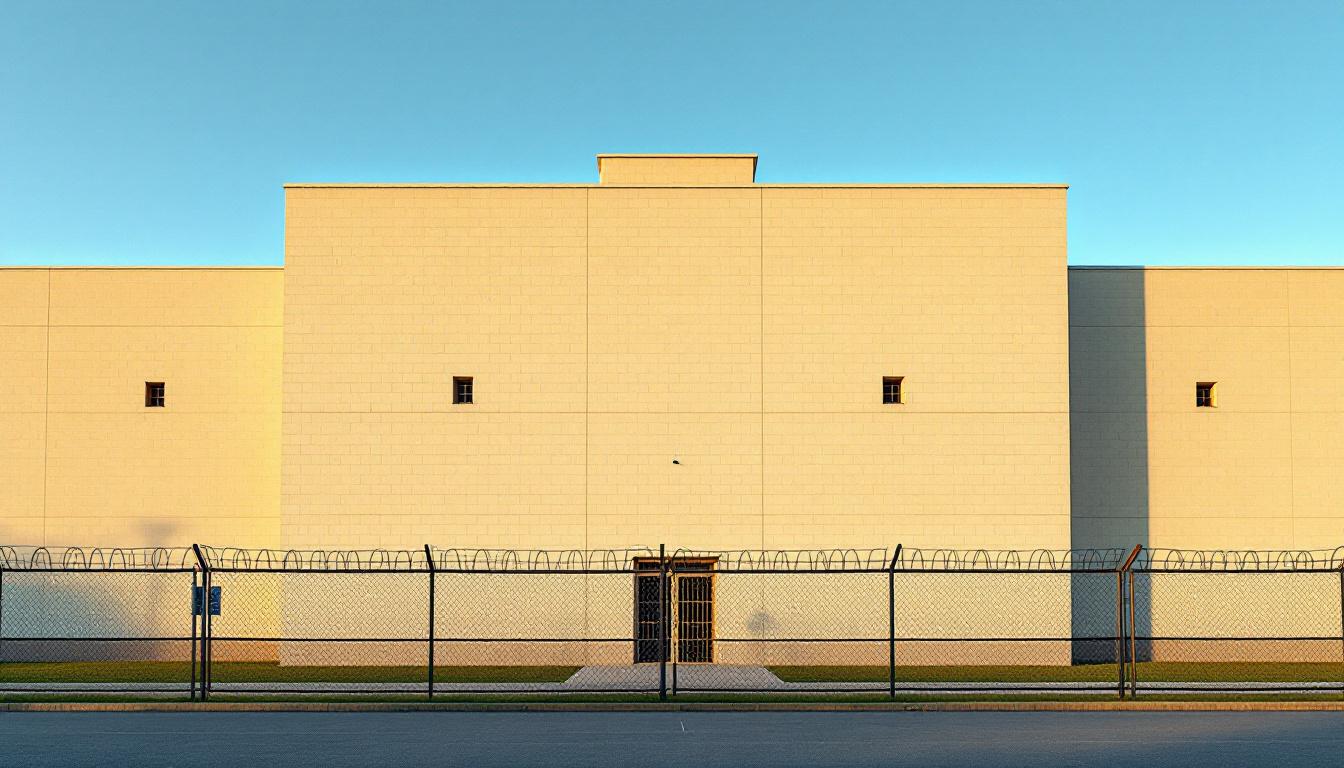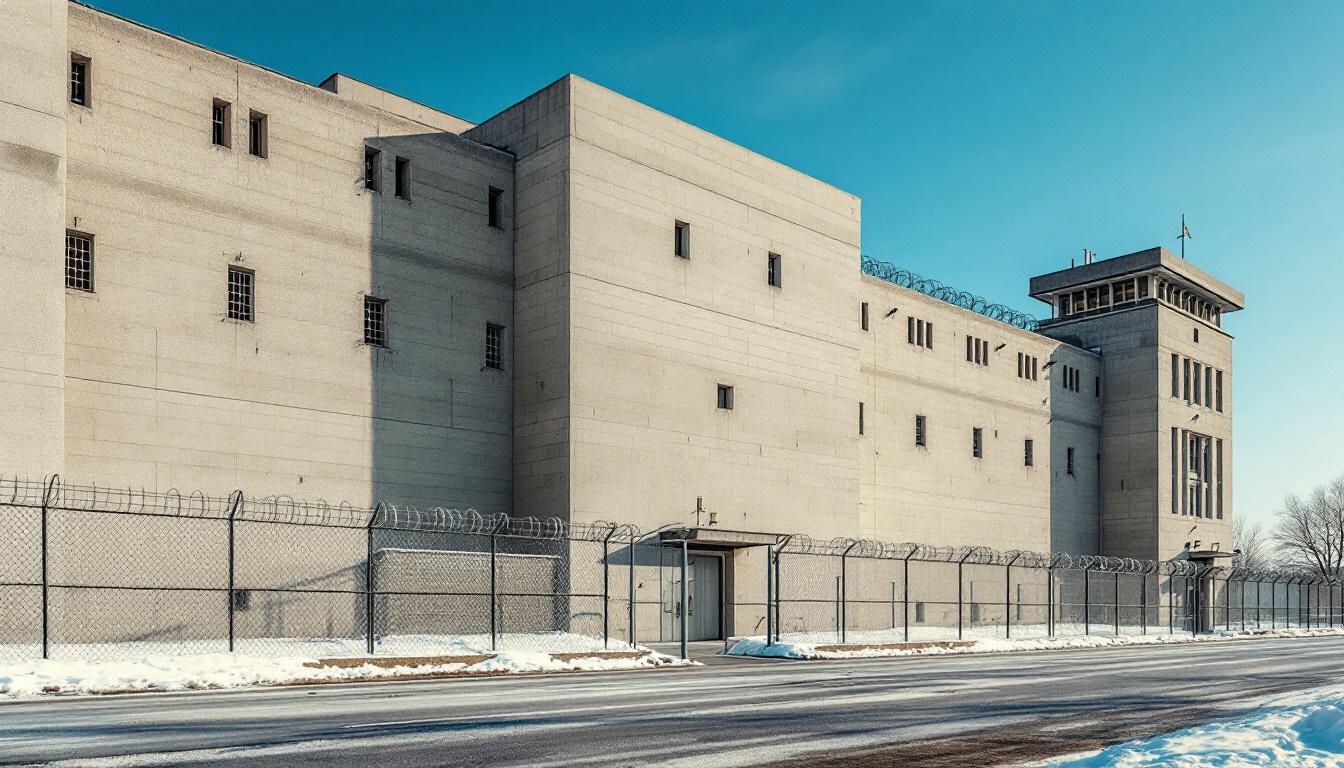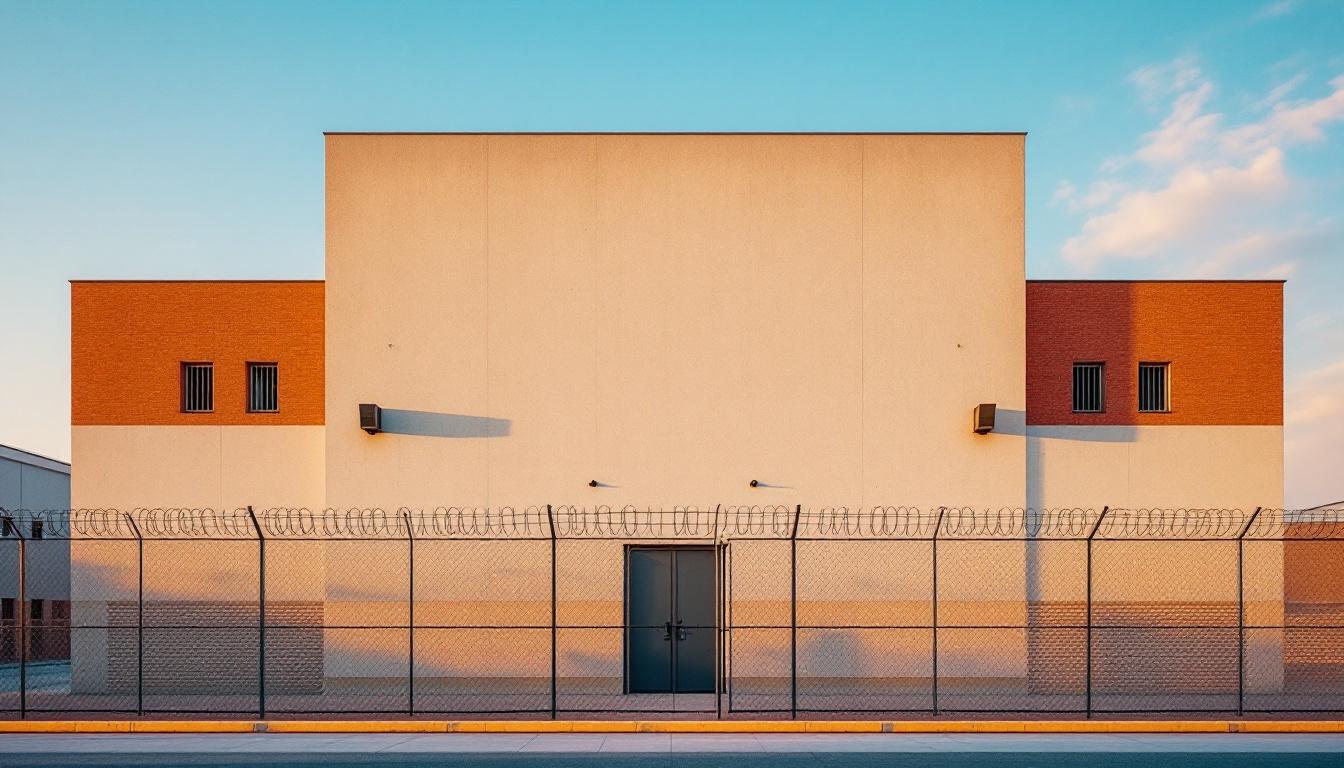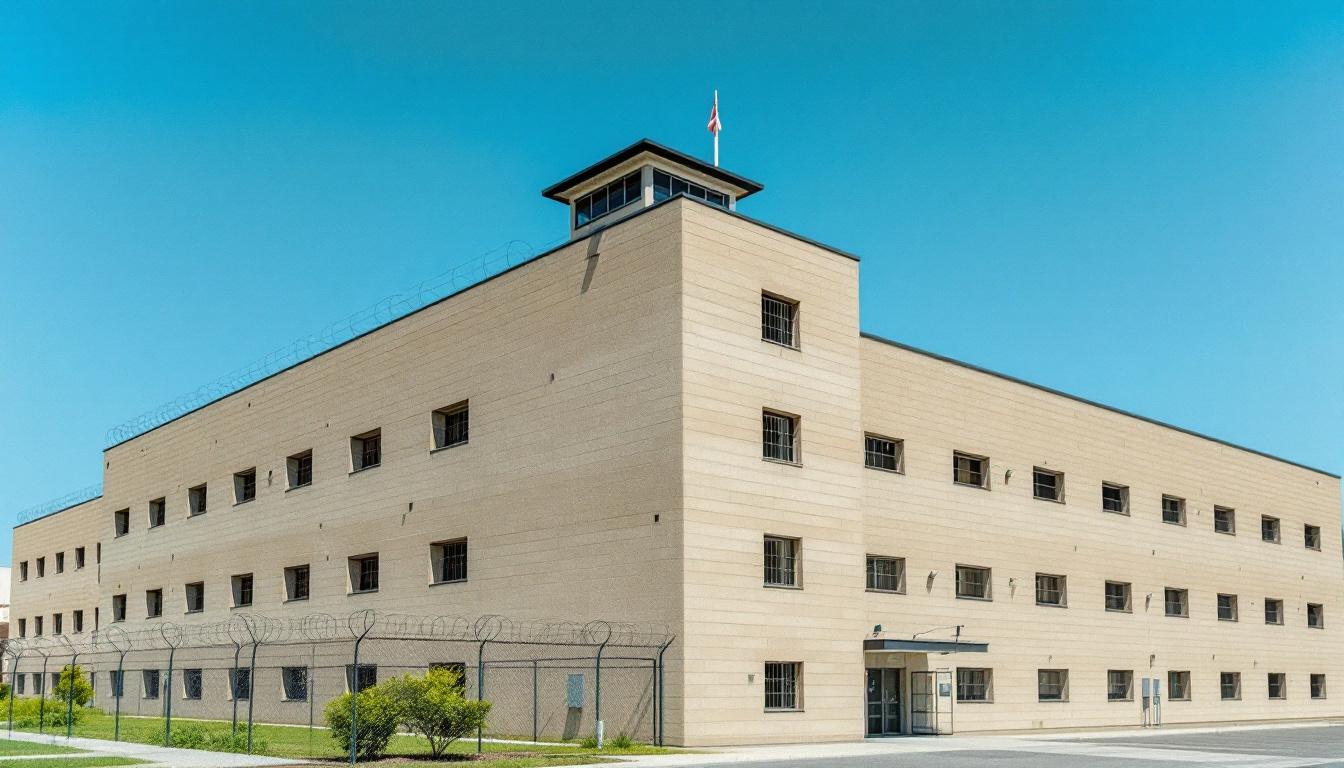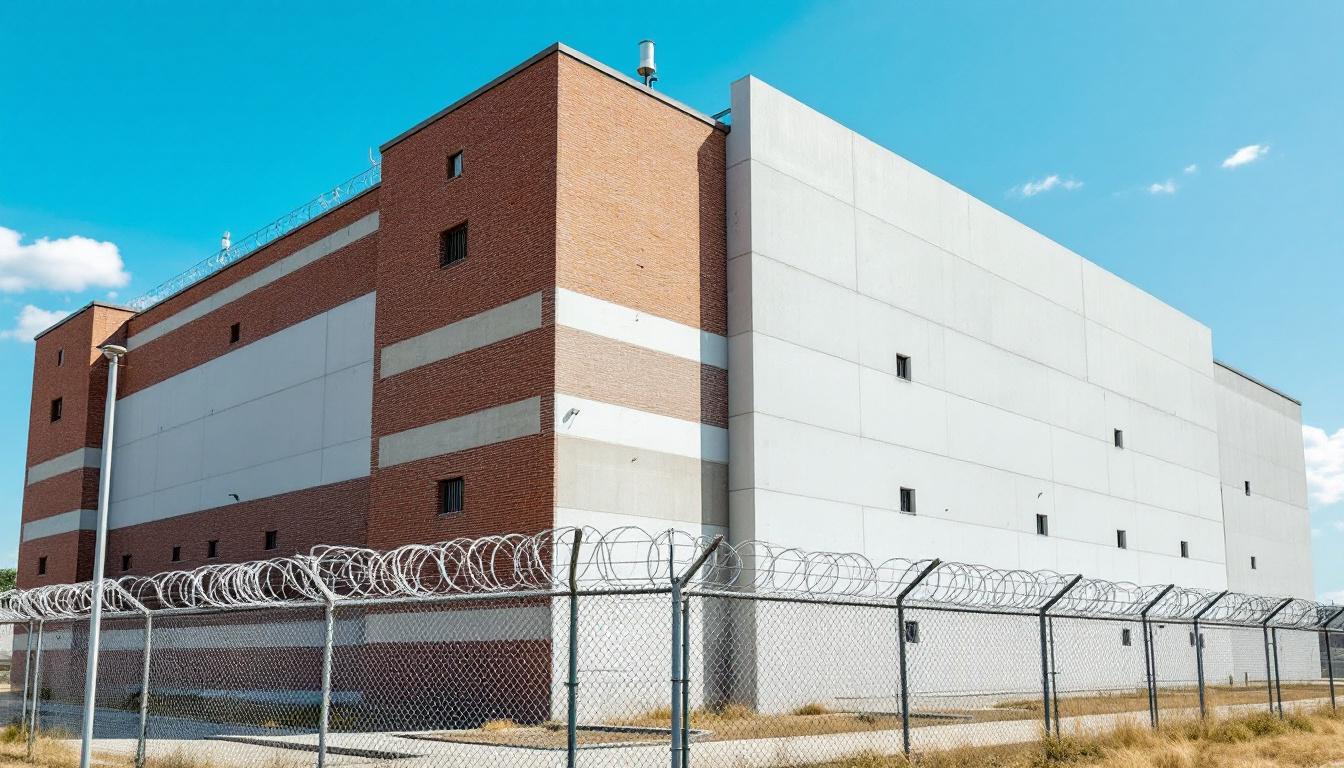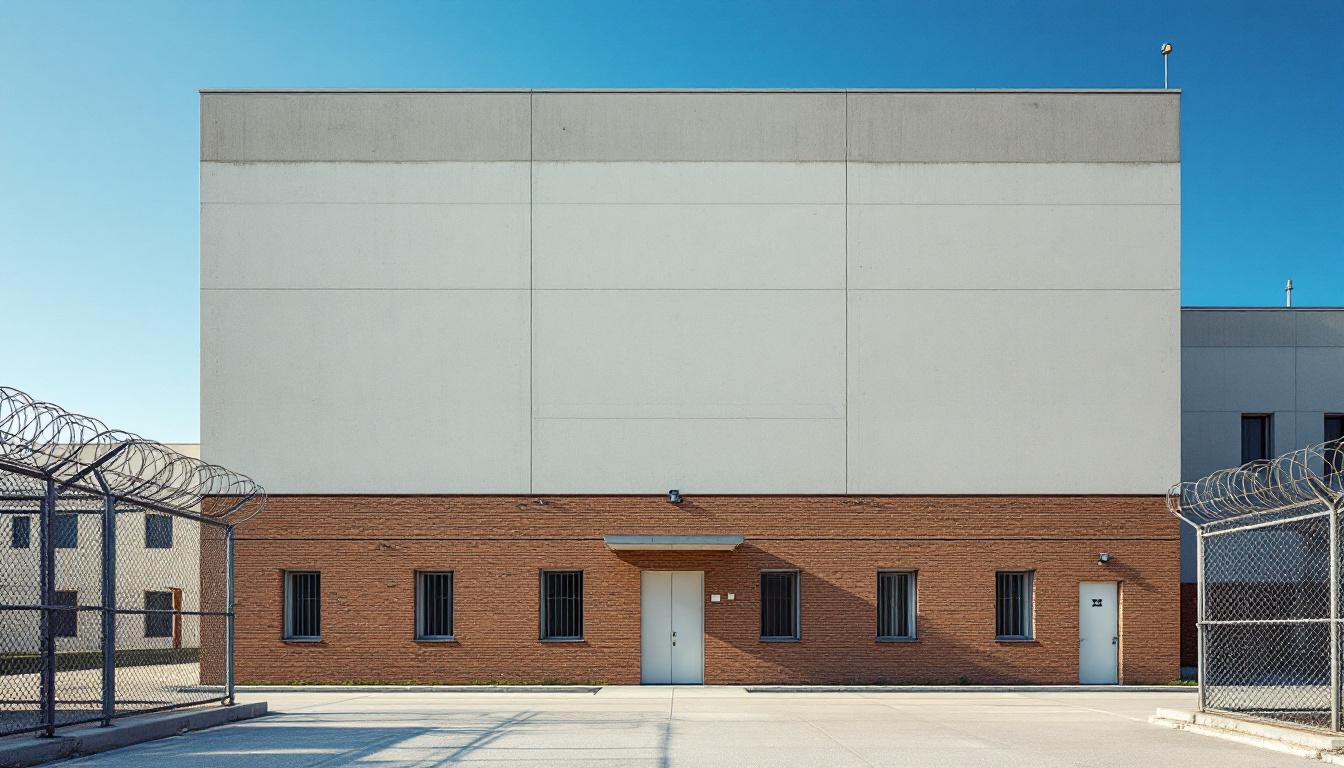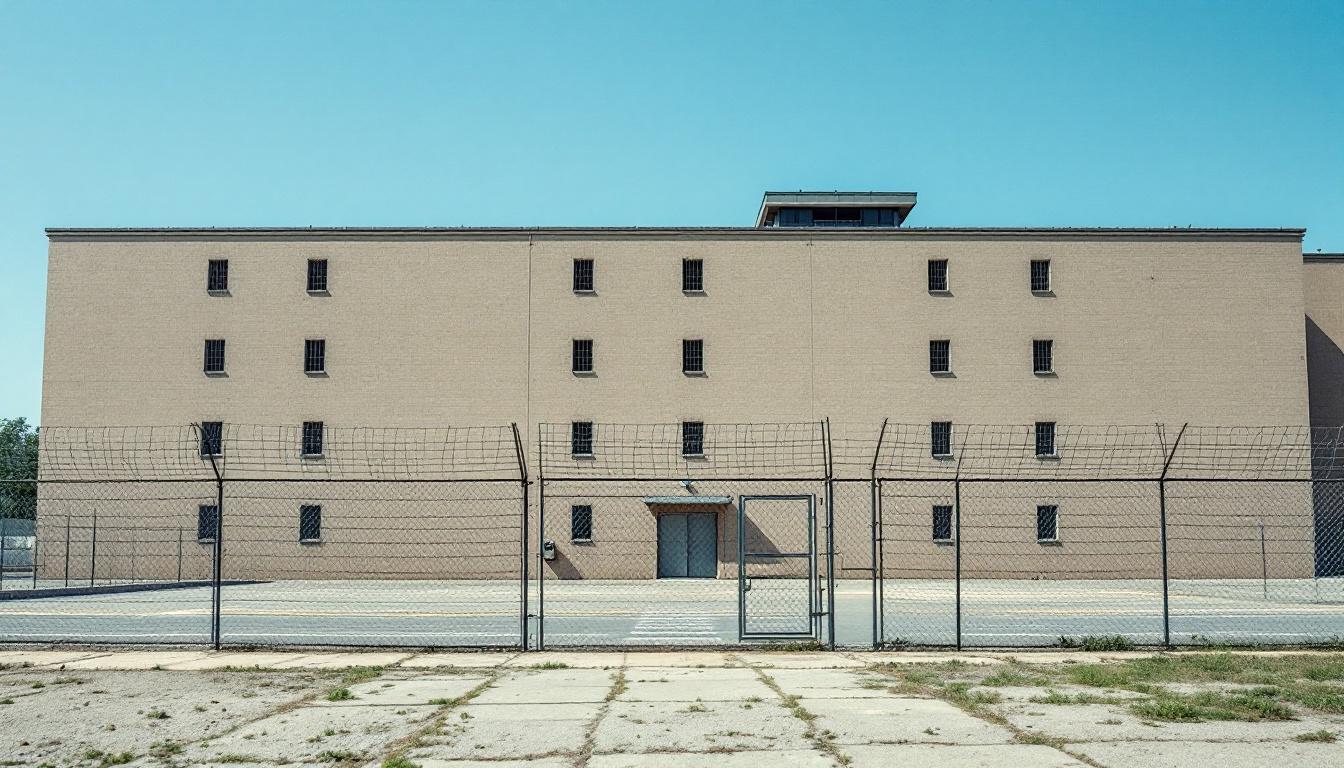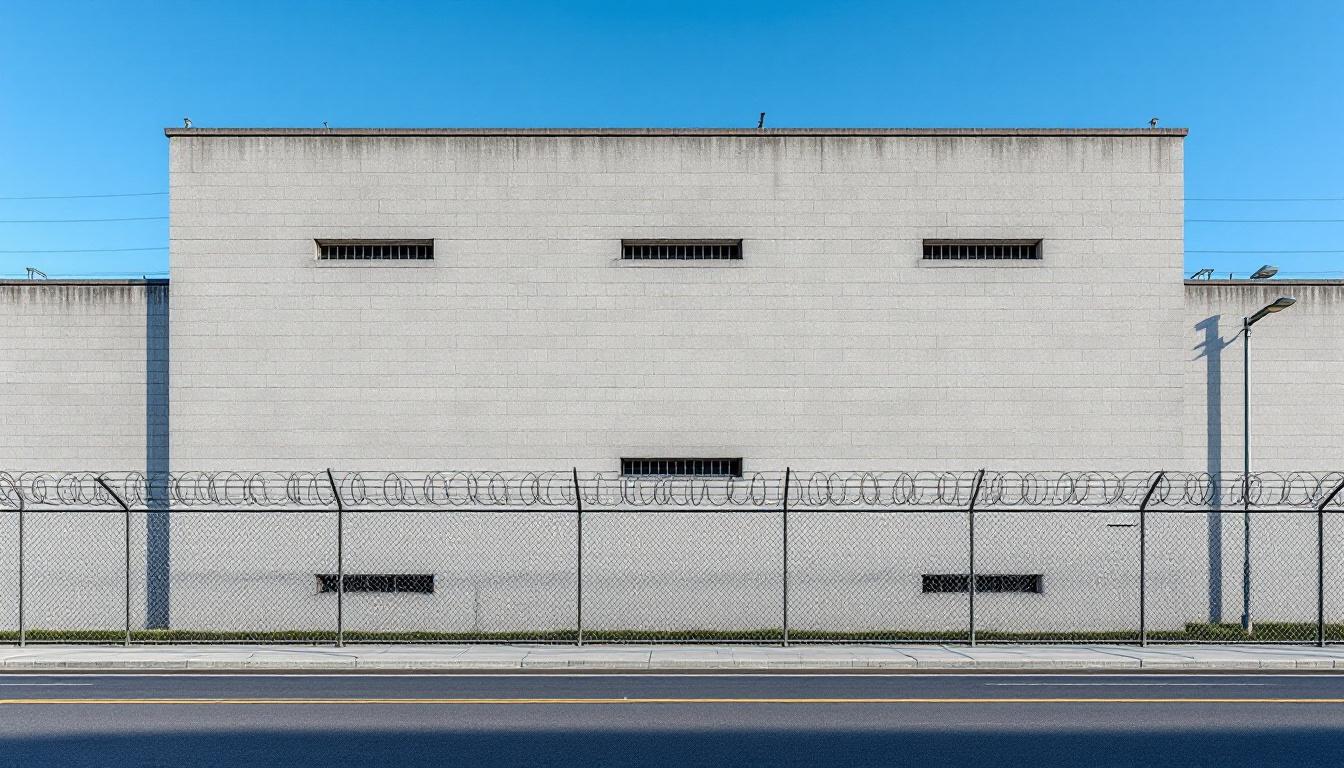
Quick Navigation
How to contact an inmate at WV Department of Corrections and Rehabilitation
This comprehensive guide will walk you through how to connect with an inmate at WV Department of Corrections and Rehabilitation. Follow the steps below to find an inmate and send letters and photos:
- Search for the inmate using our search tool below
- Create your account or log in to Penmate
- Write your message (up to 6,000 characters)
- Send instantly - inmates receive printed copies daily
Find an Inmate
Search for an inmate to start communicating today
Tip: You can search by first name, last name, or inmate ID number
To contact a person at WV Department of Corrections and Rehabilitation start by searching for the person on the official facility website. Perform a search by following these steps:
- Step 1: Enter their first name and last name into the search form and click "Search"
- Step 2: Locate their inmate record
- Step 3: Write down their Inmate ID and any housing information provided
Important! Be sure to enter the person's full name. Nicknames should not be used.
How to Send Messages to Inmates

You can use your phone or computer to send emails, letters, and photos to an inmate. Messages are sent electronically to inmate tablets or kiosks at the facility. If you would like to send a message, start by searching for an inmate at WV Department of Corrections and Rehabilitation.
Sending Photos and Postcards

A great way to send love and support to a loved one at WV Department of Corrections and Rehabilitation is to send photos and postcards. It only takes a few minutes to send photos from your phone and it makes a huge difference. You can also mail postcards with words of support and inspiration, or design your own postcard for special moments like birthdays and holidays.
Important! Be sure not to send any explicit photos or they may not be approved by the facility. You can also use a photo printing app like Penmate to make sure your photos are printed at the correct size (4x6 or 3x5) and are mailed according to the rules and regulations of WV Department of Corrections and Rehabilitation.
Frequently asked questions about WV Department of Corrections and Rehabilitation
-
How long does it take to deliver a message?
If you're sending an email message your letter is usually delivered within 24-48 hours. For messages sent via mail you should expect delivery within 3-7 days. All messages will need be approved by WV Department of Corrections and Rehabilitation.
-
How much does it cost to send a message to WV Department of Corrections and Rehabilitation?
You can send a message free using your phone or mail a message via USPS for the price of a $0.60 stamp and envelope. You can also purchase credits or e-stamps from services starting at $1.99.
-
What services can I use to contact an inmate at WV Department of Corrections and Rehabilitation?
Penmate
You can use Penmate to send letters and photos to an inmate from your phone. It's an easy way to stay in touch during your loved one's incarceration. Use the inmate locator to find an inmate's location and contact information, then you can send messages within a few minutes.
Securus messaging
Securus may be another option for communicating with an inmate at WV Department of Corrections and Rehabilitation. You can create a friends and family account and purchase credits to send messages. All messages will be reviewed and must be approved by the facility.
JPay
Some county jails and state prisons may support sending messages with JPay. You must register an account with the system, find your loved one, and purchase stamps to send messages. For some locations you can also attach photos.
Smart Jail Mail
You may also check if Smart Jail Mail is available at WV Department of Corrections and Rehabilitation. Smart Jail Mail is operated by Smart Communications and has contracted with some state and county jails. After purchasing credits, your messages and photos are sent to the facility, printed out, and then handed out to your loved one.
-
What is the mailing address of WV Department of Corrections and Rehabilitation?
Mailing address:
WV Department of Corrections and Rehabilitation
1409 Greenbrier St
Charleston, WV 25311
Phone: (304) 558-2036 -
What are the visiting hours at WV Department of Corrections and Rehabilitation?
Visiting hours at WV Department of Corrections and Rehabilitation vary by housing unit and security level. Generally, visits are scheduled on weekends and holidays, with some facilities offering weekday visits. Contact the facility directly at (304) 558-2036 or check their website for the current visiting schedule. Visits typically last 30-60 minutes and must be scheduled in advance.
-
What items are prohibited when sending mail to WV Department of Corrections and Rehabilitation?
Prohibited items typically include: cash, personal checks, stamps, stickers, glitter, glue, tape, staples, paperclips, polaroid photos, musical or blank greeting cards, hardcover books, magazines with staples, and any items containing metal or electronics. Only send letters on plain white paper with blue or black ink. Photos must be printed on regular photo paper (no Polaroids). Always check with WV Department of Corrections and Rehabilitation for their specific mail policies.
-
How do I send money to an inmate at WV Department of Corrections and Rehabilitation?
You can send money to an inmate at WV Department of Corrections and Rehabilitation through several methods: 1) Online using JPay, Access Corrections, or the facility's approved vendor, 2) Money orders mailed directly to the facility with the inmate's name and ID number, 3) Kiosks located in the facility lobby, or 4) Over the phone using a credit or debit card. Fees vary by method, typically ranging from $2.95 to $11.95 per transaction.
-
Can I schedule a video visit with an inmate at WV Department of Corrections and Rehabilitation?
Many facilities now offer video visitation as an alternative to in-person visits. At WV Department of Corrections and Rehabilitation, video visits may be available through services like Penmate, Securus Video Connect, GTL, or ICSolutions. Video visits typically cost $10-20 for 20-30 minutes and must be scheduled in advance. You'll need a computer or smartphone with a camera and reliable internet connection. Contact the facility for their specific video visitation policies and approved vendors.
-
What identification do I need to visit an inmate at WV Department of Corrections and Rehabilitation?
All visitors must present valid government-issued photo identification such as a driver's license, state ID, passport, or military ID. Minors must be accompanied by a parent or legal guardian who can provide the minor's birth certificate. Some facilities require visitors to be on the inmate's approved visitation list, which may require a background check. Contact WV Department of Corrections and Rehabilitation for specific ID requirements and visitor approval procedures.
-
How can I find out an inmate's release date?
To find an inmate's release date at WV Department of Corrections and Rehabilitation, you can: 1) Use the online inmate search tool if available, 2) Call the facility's records department, 3) Contact the inmate's case manager or counselor, or 4) Have the inmate provide this information during a call or visit. For privacy reasons, some facilities only release this information to immediate family members.
Facility Overview
Contact Information
WV Department of Corrections and Rehabilitation1409 Greenbrier St
Charleston, WV 25311
Phone: (304) 558-2036
Official Website
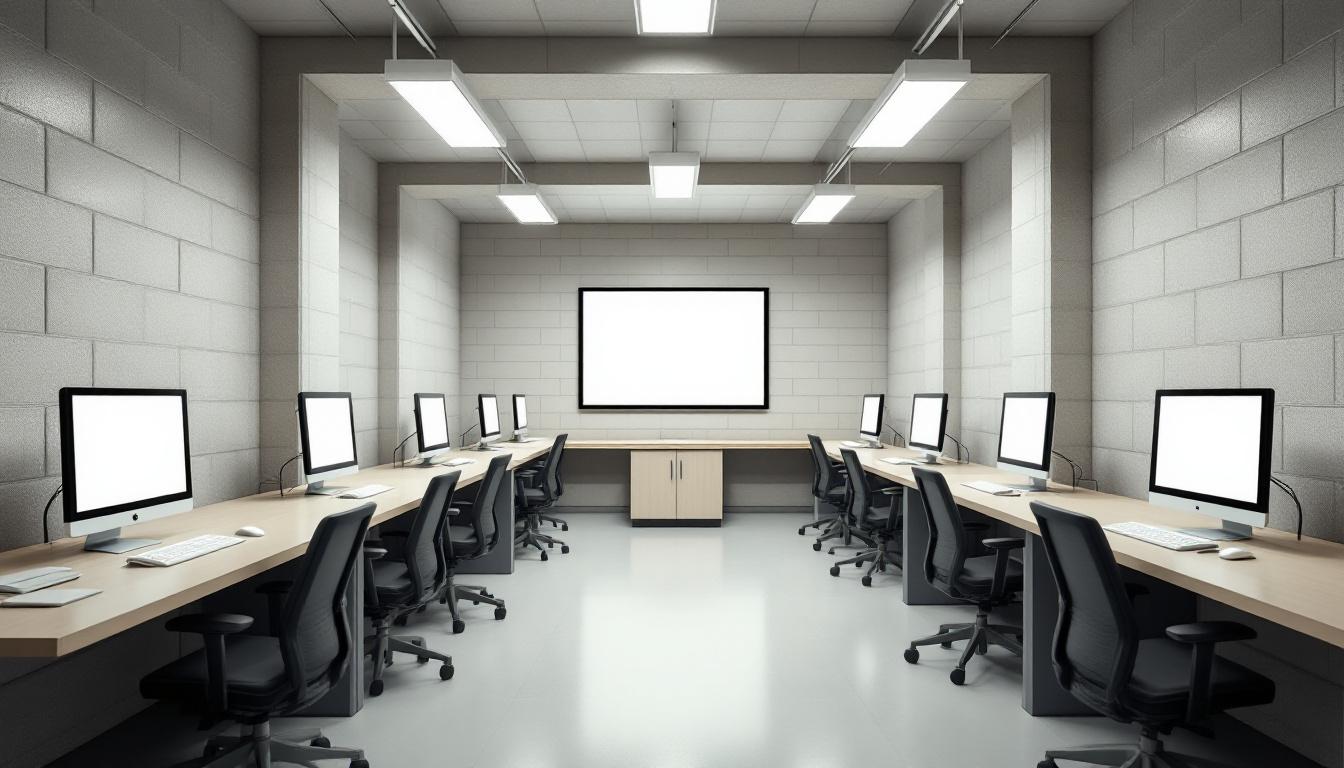
About WV Department of Corrections and Rehabilitation
Serving the critical mission of public safety while fostering pathways to successful reintegration, the correctional facility in Augusta, WV operates as an integral component of West Virginia's comprehensive justice system. Located in the scenic Appalachian region, this institution demonstrates the state's commitment to balancing security requirements with meaningful opportunities for personal transformation and community preparation.
The facility typically emphasizes structured programming designed to address the underlying factors that contribute to criminal behavior, with rehabilitation services that may include educational opportunities, vocational training, and therapeutic interventions. Those incarcerated services often focus on developing practical skills and addressing substance abuse issues, mental health needs, and behavioral patterns through evidence-based approaches. The institution generally maintains partnerships with local community organizations and service providers to create bridges between incarceration and successful community reintegration, recognizing that sustainable outcomes depend on comprehensive support systems.
Within West Virginia's correctional framework, this Augusta-based facility often serves as a model for community-centered approaches to corrections, where security measures work in tandem with rehabilitation programming. The institution typically offers various levels of supervision and programming intensity, allowing for individualized treatment planning that addresses each person's specific needs and risk factors. Through collaboration with regional employers, educational institutions, and social service agencies, the facility may provide pre-release planning and transitional support services designed to reduce recidivism and promote long-term community safety throughout the broader Charleston metropolitan area and surrounding counties.
Programs & Services
Personal growth and skill development form the foundation of the comprehensive offerings at this West Virginia correctional facility. Those incarcerated have access to structured opportunities designed to build essential life skills and prepare them for successful community reintegration. The facility typically emphasizes security and safety while creating an environment where participants can focus on meaningful personal development and positive behavioral changes.
Educational pathways may furnish those incarcerated with opportunities to earn their GED or pursue adult basic education coursework. These academic offerings often include literacy programs and computer skills training to help participants develop fundamental knowledge for future employment. Furthermore, vocational training opportunities typically focus on practical job skills in areas such as construction trades, food service, and maintenance work. These hands-on programs may provide valuable certifications and work experience that support long-term career development.
Support services play a crucial role in helping those incarcerated prepare for successful community reentry. Substance abuse treatment offerings often include both group counseling sessions and individual therapeutic support to address underlying addiction issues. Furthermore, housing assistance programs may furnish guidance on securing stable living arrangements upon release. Community resource connections typically help participants identify local support networks, employment opportunities, and ongoing treatment services. These comprehensive support offerings often emphasize building the practical skills and connections necessary for maintaining stability and avoiding future legal difficulties.
Daily Life & Visitation
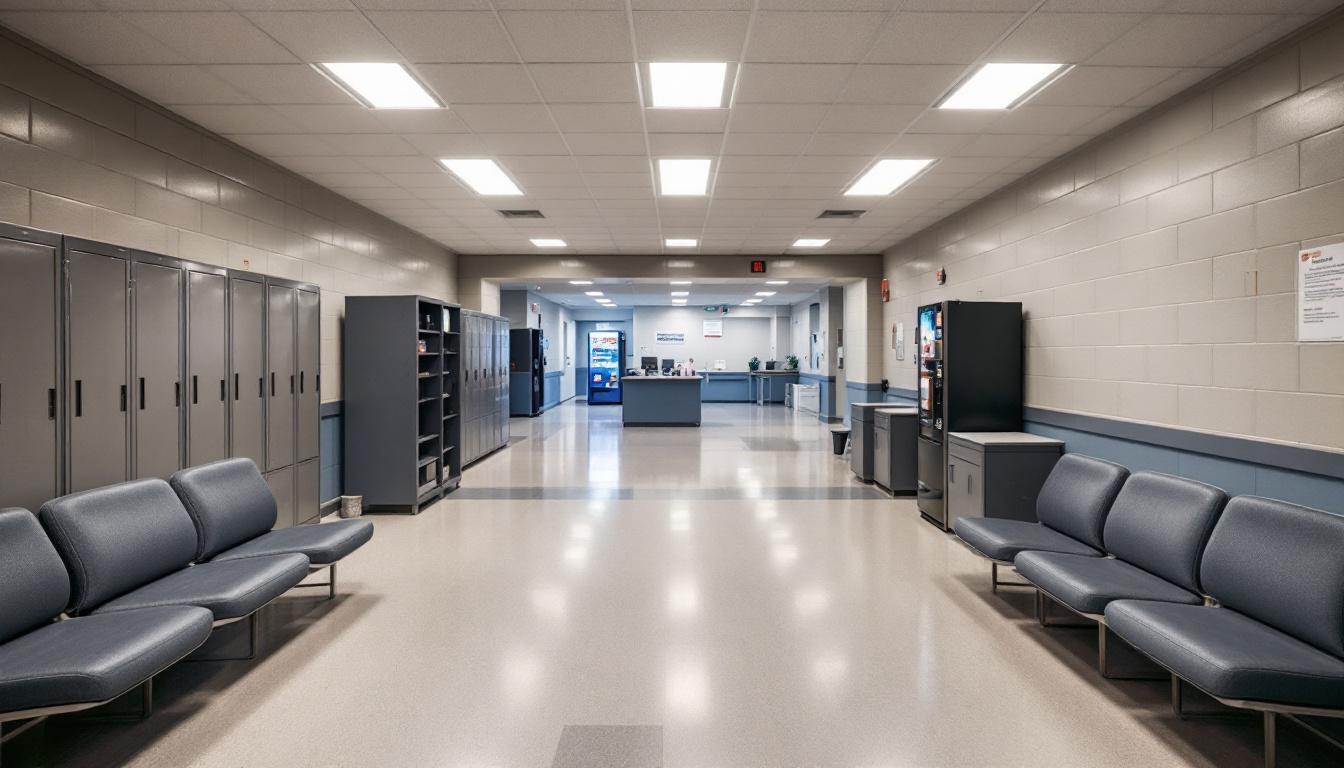
Strong family bonds and community connections help those incarcerated navigate their time at this West Virginia correctional facility. Social interactions now occur within structured environments that regularly provide opportunities for meaningful relationships to develop among residents. Daily routines typically begin early with scheduled count times, followed by meals served in communal dining areas that furnish natural gathering spaces for conversation and connection.
Living accommodations generally consist of shared housing units where those incarcerated develop supportive relationships with their cellmates and neighbors. Furthermore, dormitory-style arrangements in some areas allow for broader social interaction throughout the day. Although privacy may be limited, residents often create informal support networks that help them maintain emotional well-being and stay connected to their sense of community.
Structured programming schedules typically include recreational activities, educational classes, and work assignments that bring people together around common goals. Visitation policies usually allow family members to maintain regular contact through scheduled visits, while phone calls and correspondence provide additional ways to preserve outside relationships. Those incarcerated may participate in facility jobs ranging from kitchen duties to maintenance work, which furnish both structure and opportunities to contribute meaningfully to their community. Recreation periods generally offer sports, games, and group activities that help residents stay physically active while building friendships that often extend beyond their time at the facility.
Ready to Connect?
Start communicating with your loved one today
Search for an Inmate
